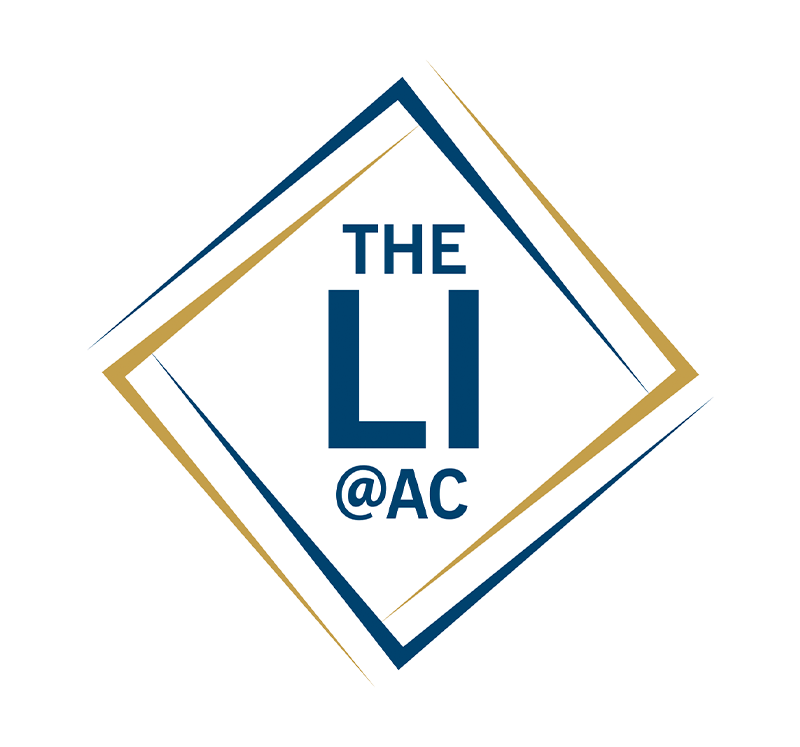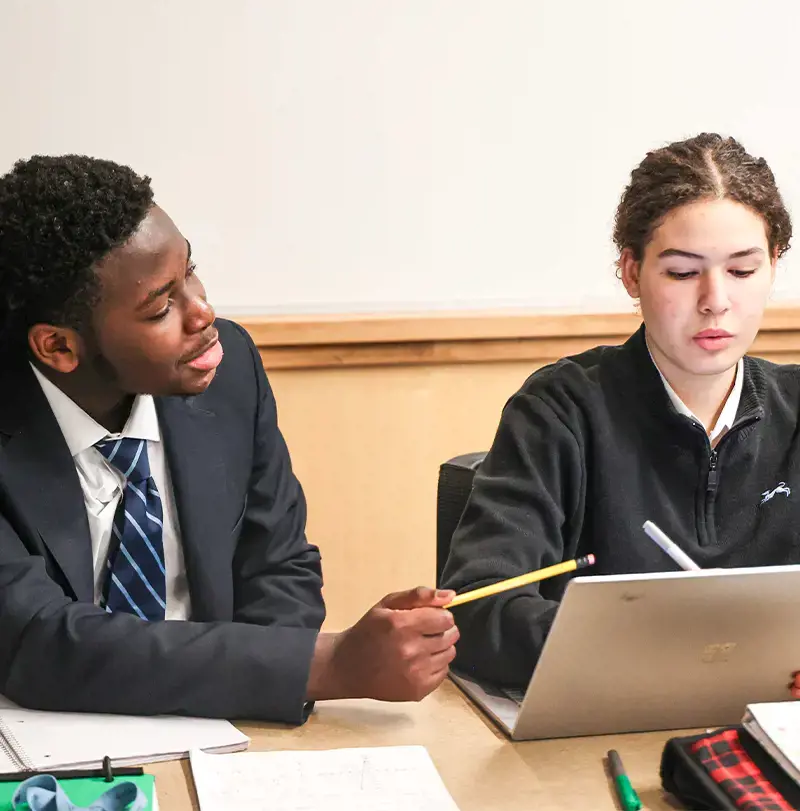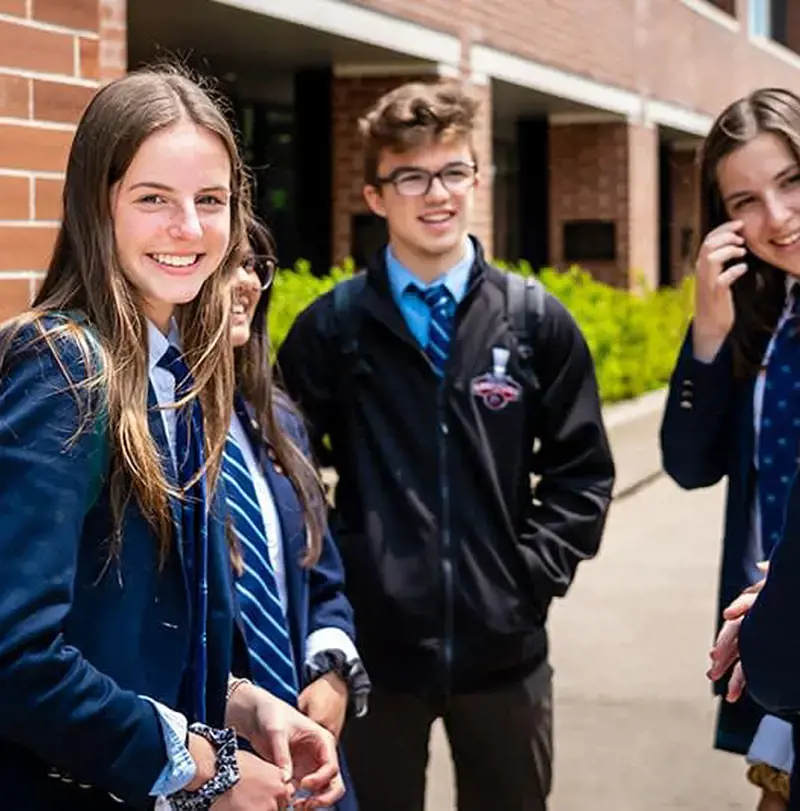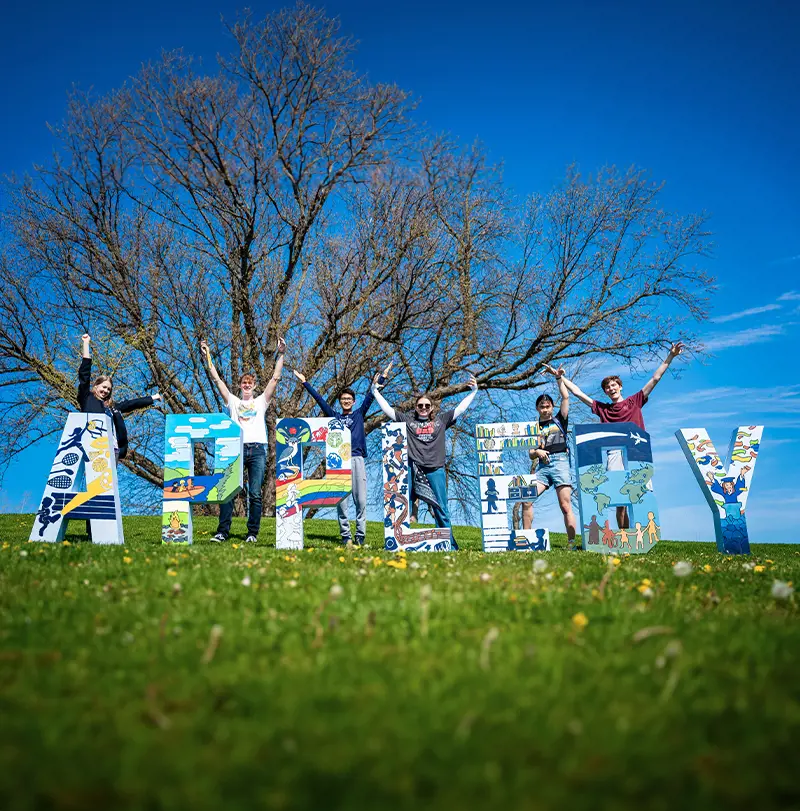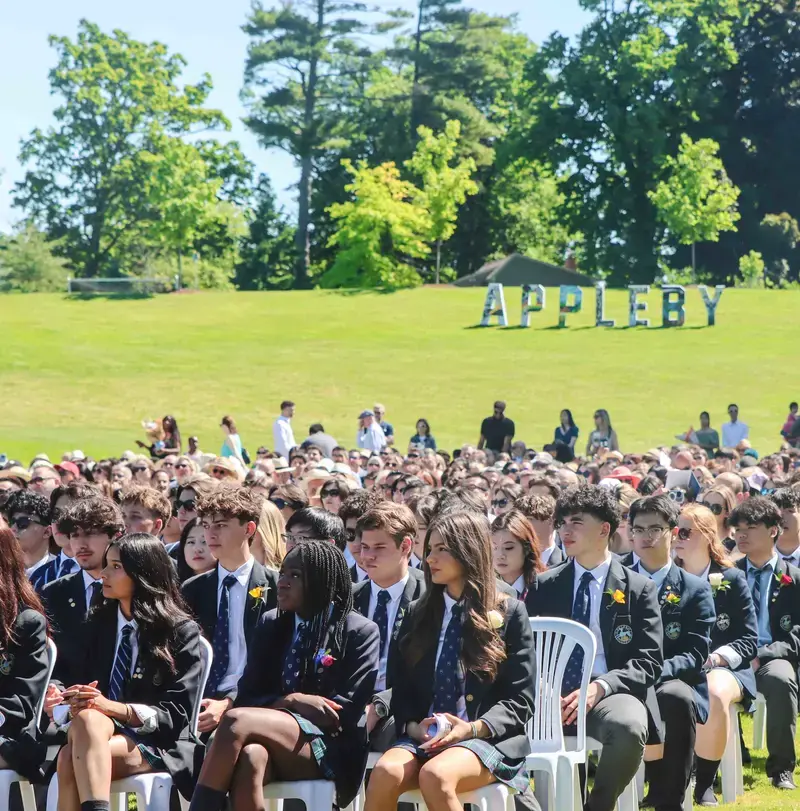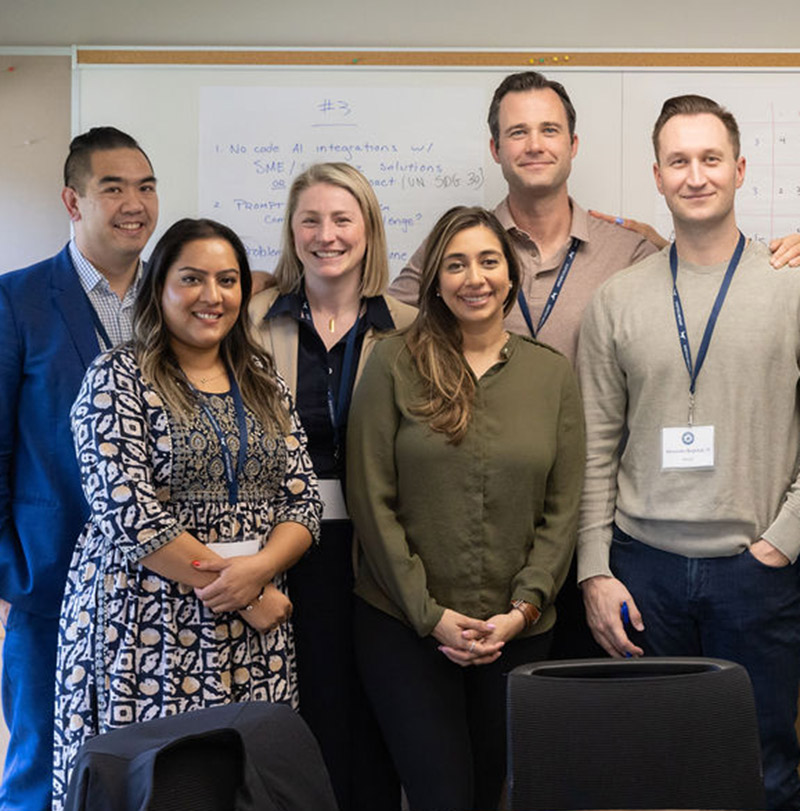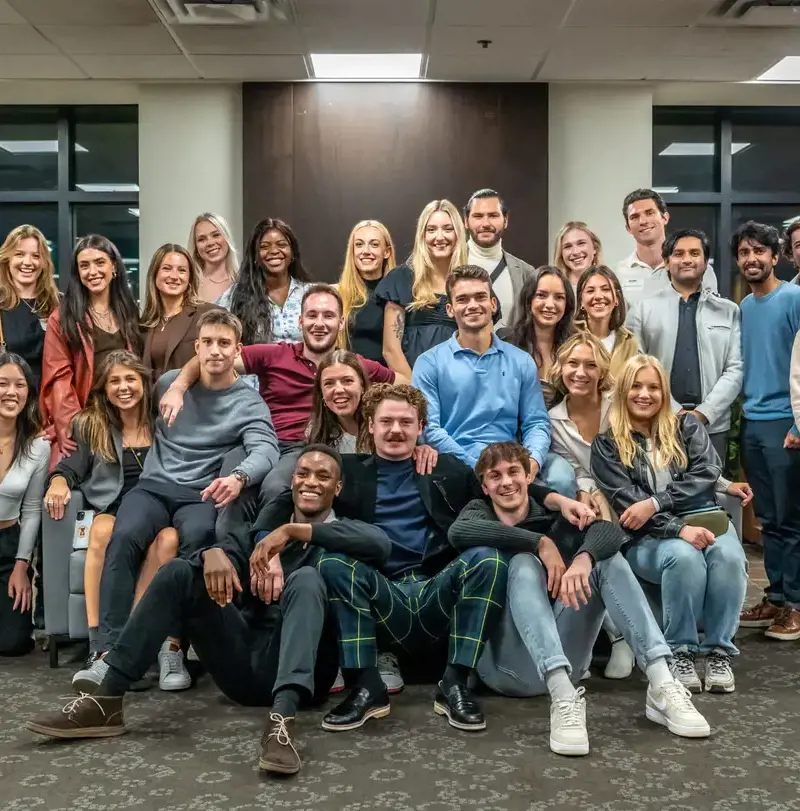Virtual Reality: When up is Down
by Calvin Armstrong
So programming in general is tough – it’s the realization of problem solving in structured text, done in a language in which you may not be a fluent speaker. To say perhaps I have bitten off more than I can chew would be an understatement. Let’s look at two particular problems I’ve encountered.
But now, we have spaces that extend beyond, or perhaps, side-by-side with, the physical space. Using a Meta Quest Virtual Reality (VR) headset, we can superimpose a virtual collection of objects that float in the space before us, and we can interact with them with our hands. My goal is to translate my incipient physical model from decades ago into the virtual space.
- Math is hard
Okay, while this is a truism shared by the general public, it is also true for mathematicians. More so when you’re working in a space designed not by mathematicians but by sinister (le mot juste, as we’ll see) computer scientists. Trying to keep this simple for the reader, high school teachers tend to define “space” as made up of 3 axis (x, y and z) and they usually orient them so you wrap around from x to y to z, following a right-hand rule (that is, if you wrap your right fingers from the x axis to the y axis, your thumb will point to the z axis). However, VR chose to do it the opposite way – left-handed! – which means that when we do math in VR, we have to translate from the math space to the VR space before we show or place any object. You have to keep reminding yourself as you’re looking at the user input and the computer workings that you’re describing two different worlds and translating between them.
.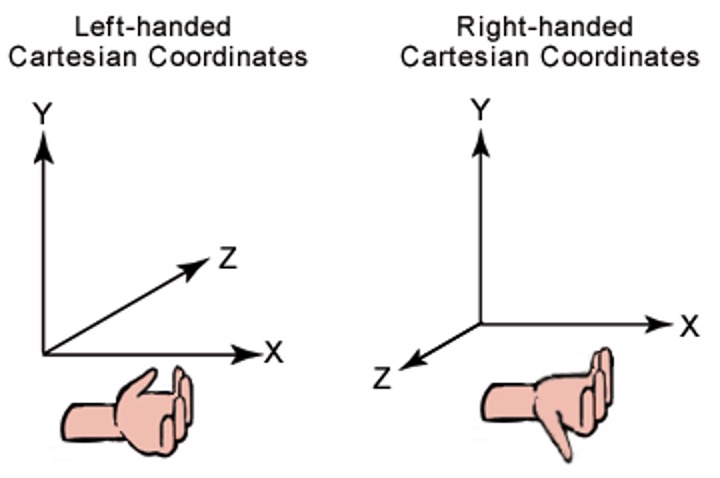
2. People are difficult
Now, I don’t mean to say that people are annoying, but rather that they don’t always do what is expected. And when it comes to doing math, well, math is very particular in the way it wants to have information arranged and entered. So whenever the program asks the user (remember, typically a student) it has to check that the student has entered the information correctly (and, translated it successfully, see above) so that it will make sense further on. And so, communicating meaningfully to the user about how to enter the content and how to fix it when something has gone wrong is considerable. But there’s an additional problem. Reading is a challenge in VR. Your head seldom stays still and so there is constant micro-movements as you try to read – and reading for anything more than a sentence, say, can induce nausea in many people (present company included). Therefore, any instructions have to be both short AND either given or replaced with audio instructions instead, with a mechanism to replay them at particular times as people quickly forget instructions. Unfortunately, math is not orally-friendly so it’s a constant struggle between upset stomachs or upset mathematics.
Suffice it to say that I continue to persevere – the mathematical challenge is not something I am unaccustomed to; translating between systems in a theoretical sense was a favourite topic of mine in Group Theory. However, finding ways to balance the symbol heavy instructions and feedback with the audio requirement to prevent nausea has been an unexpected frustration.
Struggles aside, it’s been nice to see and interact with at least a few vectors in three space. A still image doesn’t do it justice though – remember that you would be “seeing” this right up close to your eyes so it would fill your field of vision. You can see two white vectors that are being added up to the red vector.
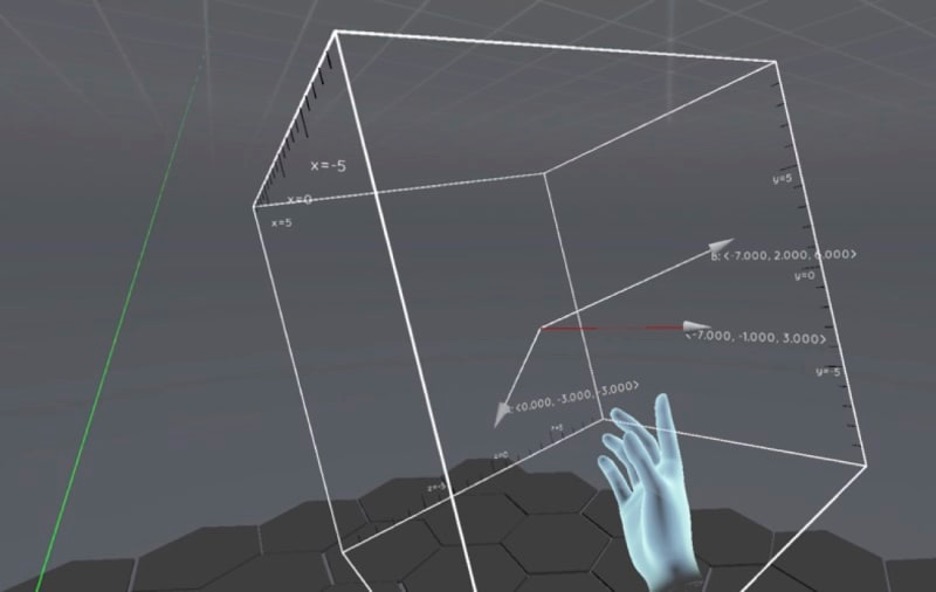
And the latest and best development – and nothing to do with me whatsoever! – is that Facebook (rebranded “Meta”) has upgraded the VR technology so that instead of using handheld joysticks to move things around, they can track your hands moving in the space in front of you instead. So that is a replica of my actual hand about to grab the one vector to move it. This change means that there is less of a barrier to interactivity, not only in mathematics applications but VR applications in general. A huge step forwards!

